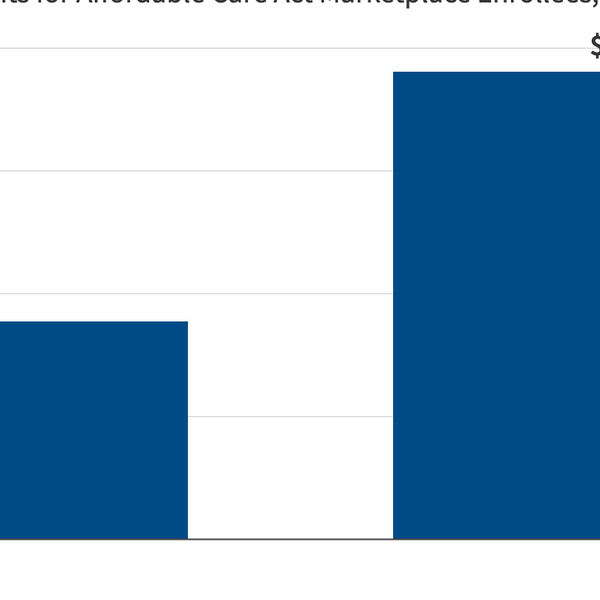
Reprinted with permission from AlterNet.
A 38-year-old second-grade teacher and mom in Texas died of the flu this week after she’d delayed picking up her prescription medication because couldn’t afford the $116 copay. By Friday night, Heather Holland’s condition had worsened and she was taken to the hospital. She died Sunday morning.
This year’s flu is among the deadliest in decades, killing approximately 4,000 Americans per week according to the CDC.
It seems like basic common sense that in our developed nation where medications and trained healthcare professionals are readily available, no one should be dying from the flu or any other illnesses just because they can’t afford to pay for basic medicine. But thanks to our disgraceful healthcare system, cases like Holland’s are shamefully common in this country.
Millions of adults in the U.S. skip their medications due to the high price tags, according to a Harvard Health report, and pharmaceutical prices are jacked up about three times higher than in the rest of the world.
As various states roll out new Medicaid work requirements and lockouts, even more lives could be in danger due to lack of ability to afford healthcare.
Here are three examples in which the high price of drugs is literally killing people in the U.S.
1. Insulin.
The high price of insulin causes many people with diabetes to stretch out their doses and gamble with their lives by going without the medicine for stretches of time. One example is the death of Shane Patrick Boyle, who died on March 18, 2017, of type 1 diabetes after his GoFundMe campaign to pay for the next month’s supply of the medicine fell short $50.
Lack of insulin access is a life-or-death situation for people with type 1 diabetes, and some with type 2 diabetes. Despite this, the price of insulin has risen rapidly in the last 100 years. An international survey released in 2016 shows that insulin costs on average $360 a month. A single vial of NovoLog insulin is priced between $14 and $300 and a vial of Humalog insulin costs $435, according to a Vice report.
2. Cancer treatment medication.
At least 1.5 million Americans will receive a cancer diagnosis in 2018, and hundreds of thousands of them won’t be able to afford their prescribed medications.
One fairly common cancer drug called Alecensa costs more than $159,000 a year. Many others hover around that price range. A 2014 study published in The Oncologist showed a quarter of all cancer patients opted not to fill a prescription due to the cost and nearly 20 percent only filled their prescriptions partway or took less than the prescribed dosage.
As a Kaiser Health News article which ran on NPR reported in March 2017, “the high cost of cancer medications can burden patients for years even after they finish treatment….one-third of Medicare patients who were expected to use Gleevec — a life-saving leukemia medication that costs up to $146,000 a year — failed to fill prescriptions within six months of diagnosis, according to a December study in the Journal of Clinical Oncology.”
3. Heart disease medication.
Heart disease is the number-one cause of death in the U.S., but just as with diabetes, cancer and other illnesses, patients often can’t afford the generic prescription medications to treat the disease.
The New York Times reported in April 2017, “Studies have shown…that 41 percent of heart attack patients don’t take their blood pressure medications.” This is not always because of cost and studies are ongoing to look into the reasons people don’t take their medicines. But cost is definitely one of the major deterrents, as Bruce Bender, co-director of the Center for Health Promotion at National Jewish Health in Denver, told the Times.
A drug called Praluent, made by the company Sanofi and Regeneron Pharmaceuticals, was released alongside a drug called Entresto from Novartis pharmaceutical company in 2015. Both medicines represented big improvements in heart disease treatment, but their pricing came in much higher than expected, Reuters reported. Sanofi and Regeneron injections cost about $14,600 per year, well above the roughly $10,000 investors had expected.
While the price of heart disease medications is typically much lower than those of cancer drugs (which tend to cost upwards of $100,000 per year), they remain prohibitive to many, especially since they are designed for lifetime use and typically purchased monthly.
April M. Short is a freelance writer who focuses on health, wellness and social justice. She previously worked as AlterNet’s drugs and health editor.








